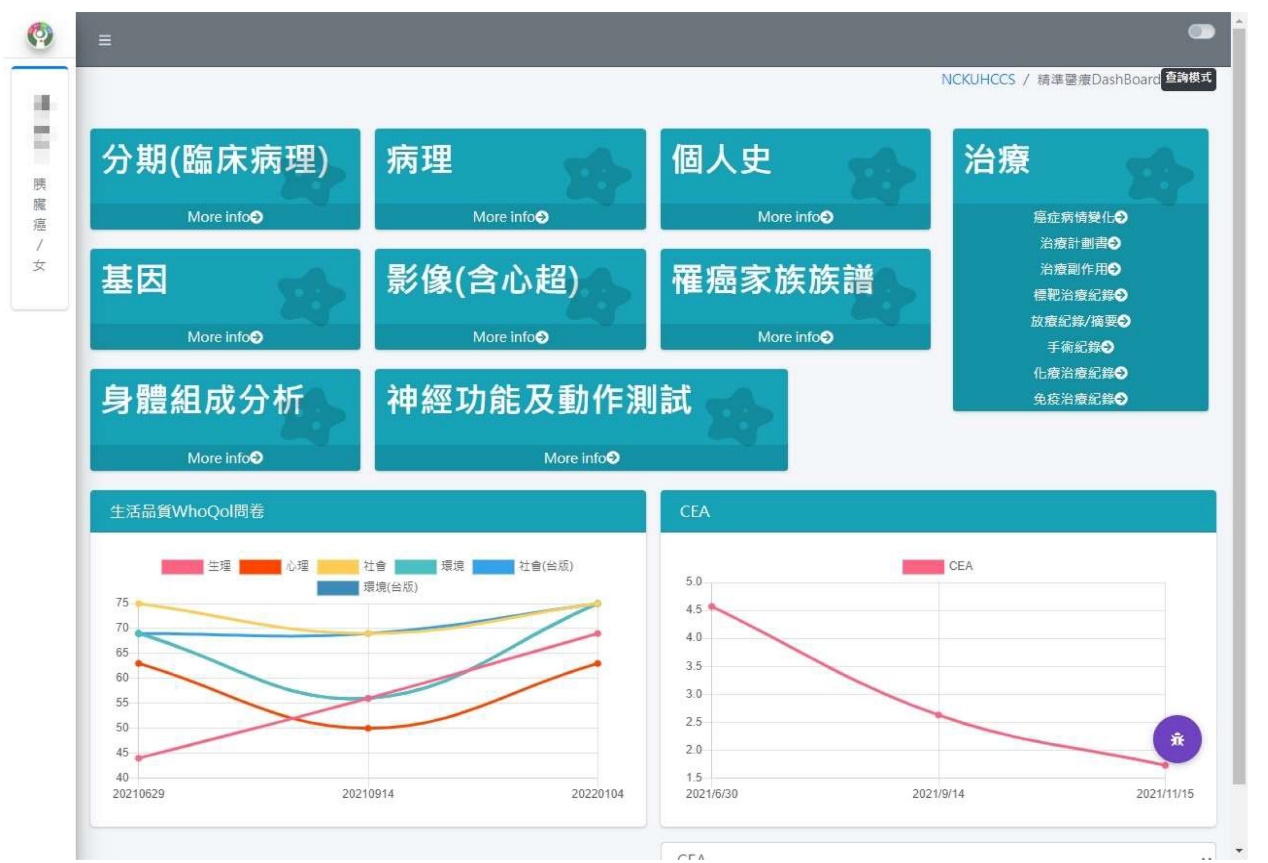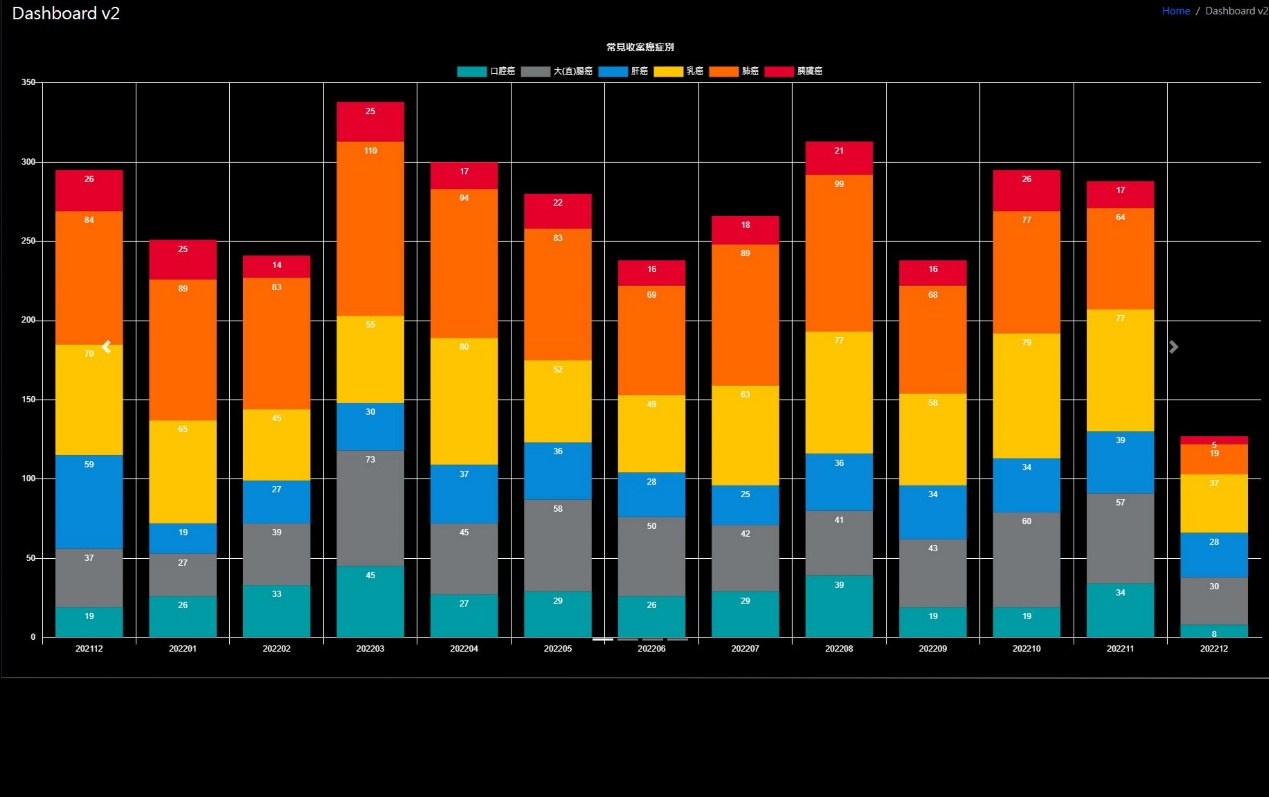New Highlights of Smart Healthcare: Case Management System of National Cheng Kung University Hospital Cancer Center
Chih-Chieh Yen, Duty Doctor, Dept. of Oncology and Cancer Center
Background
In response to advances in health data and smart medicine, National Cheng Kung University Hospital Cancer Center developed the case management system that combines precision and information systems in 2020. Our starting point is to meet the care and follow-up operation needs of clinical staff, create a user-friendly and smart architecture, and create a cancer case management system that can combine information from multiple parties and automatically provide interactive information. The objective of this plan is to fully utilize the strengths of existing interactions and human-centric care and use personnel-machine coordination as a basis without fully replacing manual labor to drastically decrease the workload of clinical staff and further improve the care quality of cancer patients.
Automatic integrated information system
This system provides a friendly architecture for rapid and prompt revision of case review and note status and generate important reminders at suitable times. The graphical function is used for clinical staff to effectively obtain sufficient information in routine medical practice and greatly decrease the time spend searching by information staff (Figure 1). In addition, this system can promptly connect to medical information to generate complete cancer database and has important contributions to academic research and quality audit.
Cancer Case Dash Board
This system generates visualizable dynamic dashboard and important and immediate feedback for precise cancer treatment to assist in medical decision-making in clinical practice (Figure 2). At the same time, this system uses reciprocal feedback to generate machine learning and can continuously optimize the page to achieve user personalization, specialization, and elastic and efficient architecture.
Conclusion
The purpose of this system is to reduce workload and improve the quality of care by collaborating with people rather than replacing them with an intelligent information architecture.

figure 1.

figure 2.
